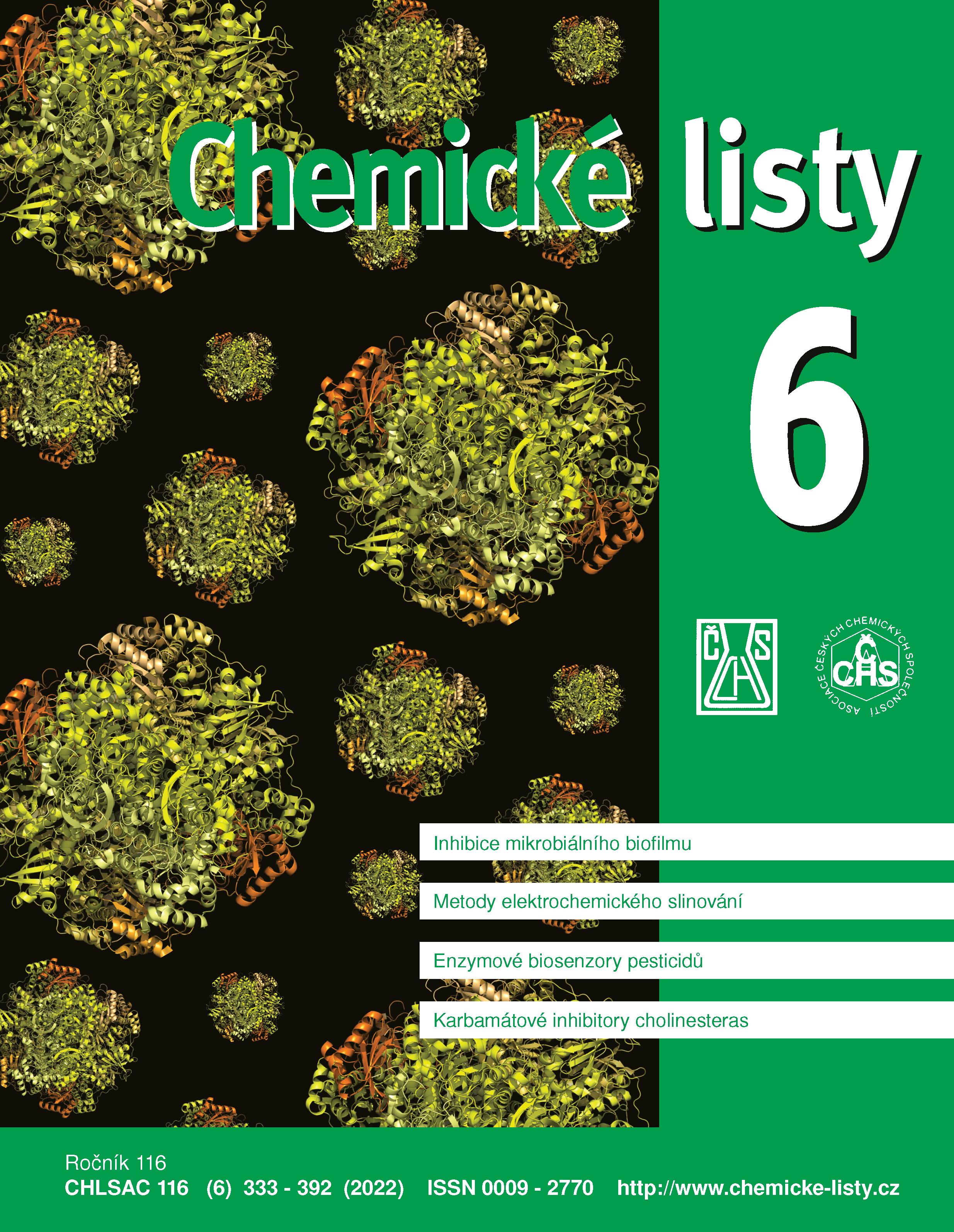Marcel Proust: In Search of Chemistry in His Work. The Author and His Great Chemical Novel
Dedicated to the 100ᵗʰ anniversary of the birth of prof. RNDr. PhMr. Jaroslav Zýka, DrSc.
DOI:
https://doi.org/10.54779/chl20220348Keywords:
didactics of chemistry, chemophobia, identity of chemist, novel, Proust effect, public image of chemistryAbstract
The article analyzes the use of chemistry as a means of communication and imagination in the writings of the famous French writer Marcel Proust (1871−1922). The oldest work in which Proust uses chemistry is the unfinished novel Jean Santeuil from 1895−1900. The author demonstrated a remarkable knowledge of the possibilities of analytical chemistry, including spectral analysis, and drew attention to the risk of morphine addiction. In a collection of texts Pastiches et mélanges from 1919, Proust describes the period Lemoine's affair with the alleged production of artificial diamonds (unrealizable at that time), in which the name of the French chemist and Nobelist Henri Moissan (1852−1907) also appeared. However, we find the greatest representation of chemistry in his life's work, the novel À la recherche du temps perdu (In Search of Lost Time). Proust – walking in the footsteps of Johann von Goethe – literally created a great chemical novel. First, we analyze the chemical nature of the so-called Proust phenomenon based on the sensory effect of substances on memory. We identify the volatile organic compounds that are responsible for the effect in the novel. Next, we note all references to chemistry and chemists as such, including alchemy. Third, we observe how the writer masterfully used chemical phenomena and concepts as a metaphorical means to express the feelings and motives of the actions of the novel's characters. Fourth, we provide an annotated overview of chemicals that are introduced in the novel as drugs: acetylsalicylic acid, aminophenazone, atropine, barbital, caffeine, quinine, cocaine, ethanol, morphine, opium, pepsin, phenol, trional, veronal. Proust's personal experience with them is demonstrated by the remarkable details about their effects mentioned in the novel. Finally, we mention the reception of Proust's work by chemists. In addition to reading for pleasure, Proust's work can also play an important communication and inspirational role in chemistry teaching in schools, as well as in the education of the public, and thus help to manage chemophobia. At the same time, it can further strengthen the identity of chemists as an essential part of human culture.





